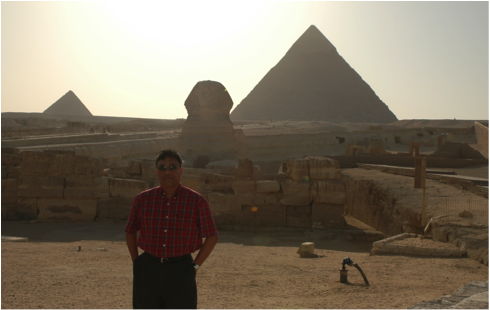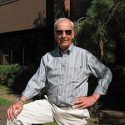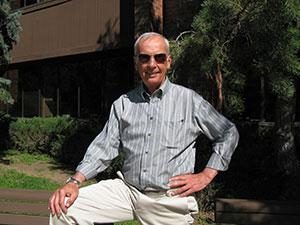In May 2013, Dr. David McGee, Professor of Physics at TCNJ, led 12 TCNJ students—majoring in chemistry, physics, English, biology, and psychology—to Germany for two weeks, where they can explore the birthplace of atomic physics and learn about the historic strife scientists experienced during that time.
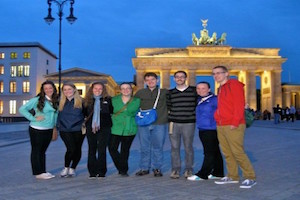 Chemists and physicists made great strides and discoveries in the study of atomic and nuclear structure with war and political turmoil in the background. All the major players worked prominently in the early 20th century Berlin, Göttingen, and Munich, making Germany an ideal site for the historic and cultural background of atomic physics.
Chemists and physicists made great strides and discoveries in the study of atomic and nuclear structure with war and political turmoil in the background. All the major players worked prominently in the early 20th century Berlin, Göttingen, and Munich, making Germany an ideal site for the historic and cultural background of atomic physics.
The physics professor created the course after receiving suggestions from scholars he met at a professional conference at the Max Planck Institute of History of Modern Physics in Berlin, which is one of the highlights of the trip. “I teach courses in modern physics,” explained McGee, “and wanted to enrich the courses by knowing more about the history of its creators.” “Germany was the center of both the physics story and the political story—and they can’t be separated if one is to get a full appreciation for that time in history,” said McGee. “Germany also has a very strong tradition of preservation, both in its scientific and political history.”
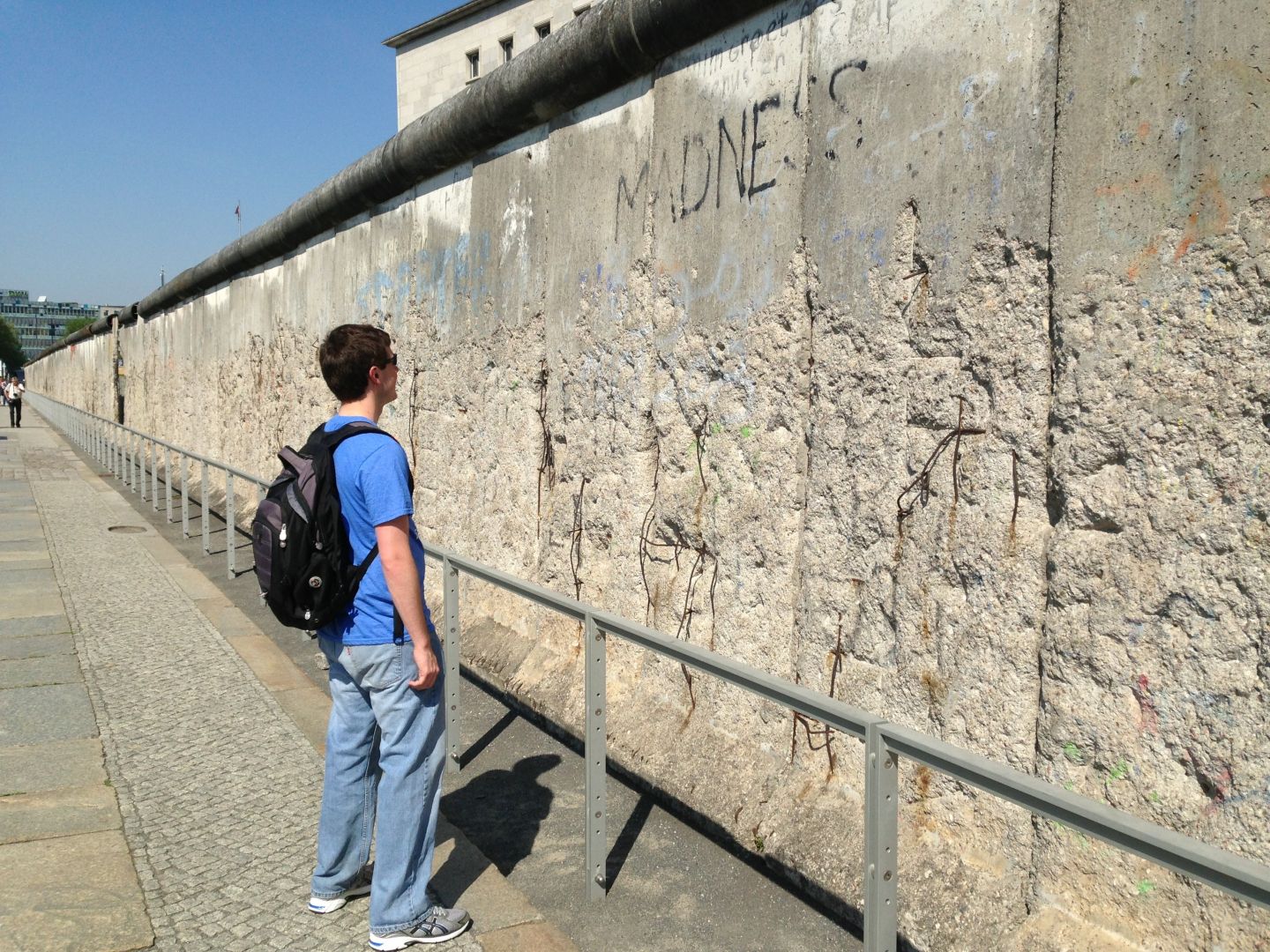 Students first fly into Berlin and spend time visiting science and history sites such as the Max Planck societies, Holocaust Museum, and Reichstag (German Parliament). McGee makes sure that students learn and immerse themselves into the history of that time period as it played a major role for the field of science at that time.
Students first fly into Berlin and spend time visiting science and history sites such as the Max Planck societies, Holocaust Museum, and Reichstag (German Parliament). McGee makes sure that students learn and immerse themselves into the history of that time period as it played a major role for the field of science at that time.
At the peak of atomic and nuclear physics, there was a rise in National Socialism. The Nazis drove out many German scientists, including Albert Einstein, Otto Hahn, Lise Meitner, and Fritz Strassmann due to “anti-intellectualism” according to McGee. This led to certain German and Jewish intellectuals fleeing into the arms of German enemies, bringing nuclear research to other countries such as the United States. Ultimately, these escaped researchers contributed to the development and research of atomic ware fare under the code name—the Manhattan Project.
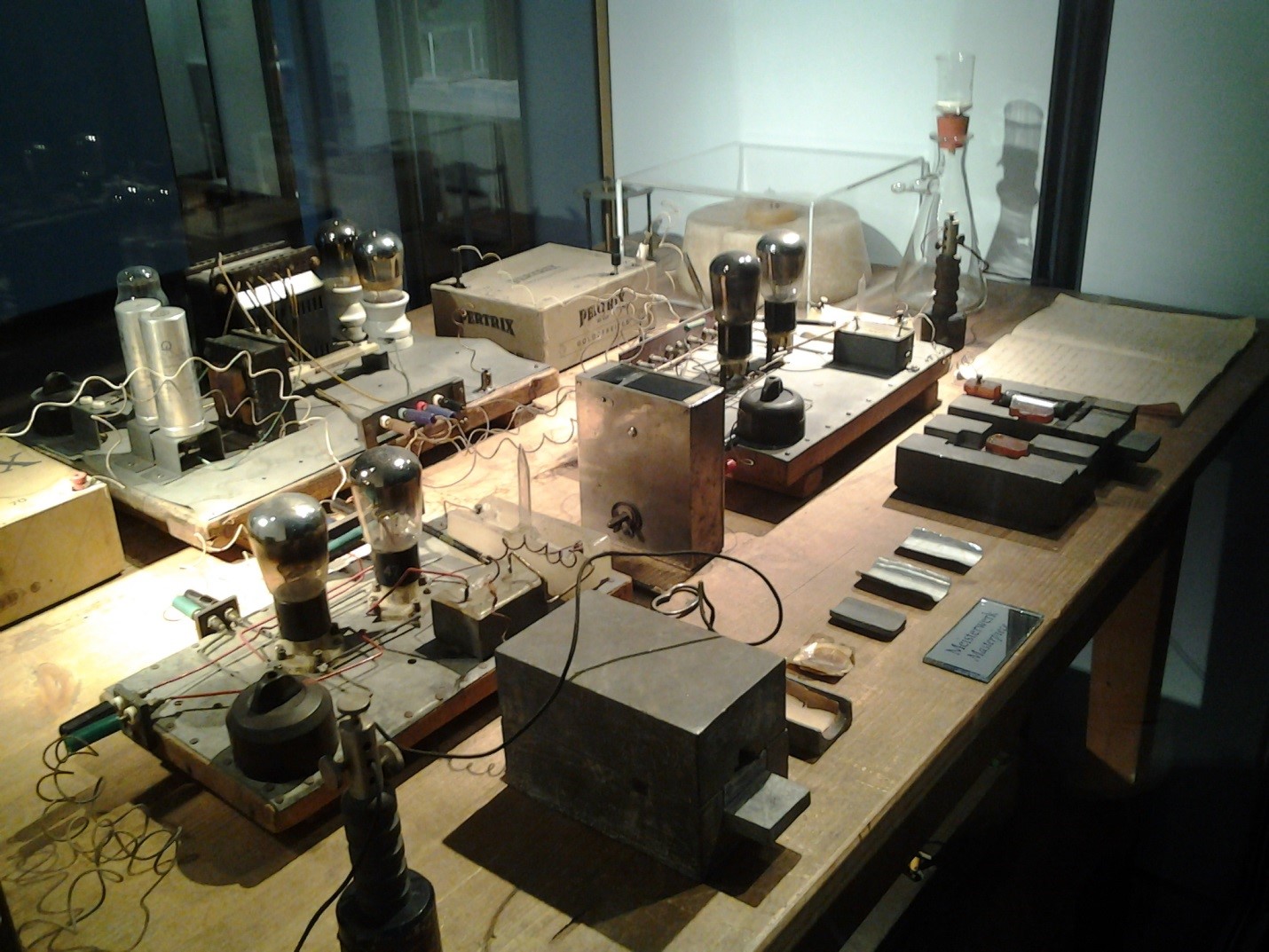 On the last leg of the trip in Munich, students will get a chance to live in Deutsches Museum, one of the world’s largest science and technology museums. McGee added that the museum houses an extensive collection of the original equipment used in the study of atomic and nuclear physics. During their stay, museum staff taught a series of workshops to the group.
On the last leg of the trip in Munich, students will get a chance to live in Deutsches Museum, one of the world’s largest science and technology museums. McGee added that the museum houses an extensive collection of the original equipment used in the study of atomic and nuclear physics. During their stay, museum staff taught a series of workshops to the group.
During the stay in Deutsches Museum, students get to have a behind the scenes tour of the museum—how staff are hired and how displays are designed. They also had the chance to access the rooftop observatory that was damaged during World War II and was not open to the general public.
“The highlight of the trip was living in the Deutsches Museum for a week,” said Joseph Avenoso (’16), physics major who had participated in the trip. Avenoso enjoyed seeing the integration of science, history, and politics of the subject as well as the opportunity being abroad for the first time. “I would do it all over again in a heartbeat,” concluded Avenoso on his experience.
“The trip shows the essential human side of science,” explained McGee. He wants students to be able to appreciate the story of modern atomic and nuclear physics.
 In addition to the scheduled tours and presentations, students had the opportunity to explore the cities outside of the course on their own. Some activities taken by students included dinner at a traditional Bavarian restaurant in Munich, and a 6-hour bike tour of Berlin.
In addition to the scheduled tours and presentations, students had the opportunity to explore the cities outside of the course on their own. Some activities taken by students included dinner at a traditional Bavarian restaurant in Munich, and a 6-hour bike tour of Berlin.
This course has not only given students a unique perspective on the history of physics, but has also opened new opportunities for students.
“Finally, a very gratifying aspect was one student [Cory Leahy (‘14)] from the trip liked it so much that he returned the following year when I taught a 3-month physics course in Berlin,” said McGee. “He ended up staying in Germany another 2 months after that, and is now applying to graduate school in Germany.”
No science background or language is required for the trip. McGee make the subject accessible to everyone and have the students work in groups including at least one student with a science background to assist non-science majors.
The course will be offered again in May 2016, and will fulfill a liberal learning requirement.
– Danielle Leng
For More Information:


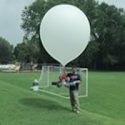
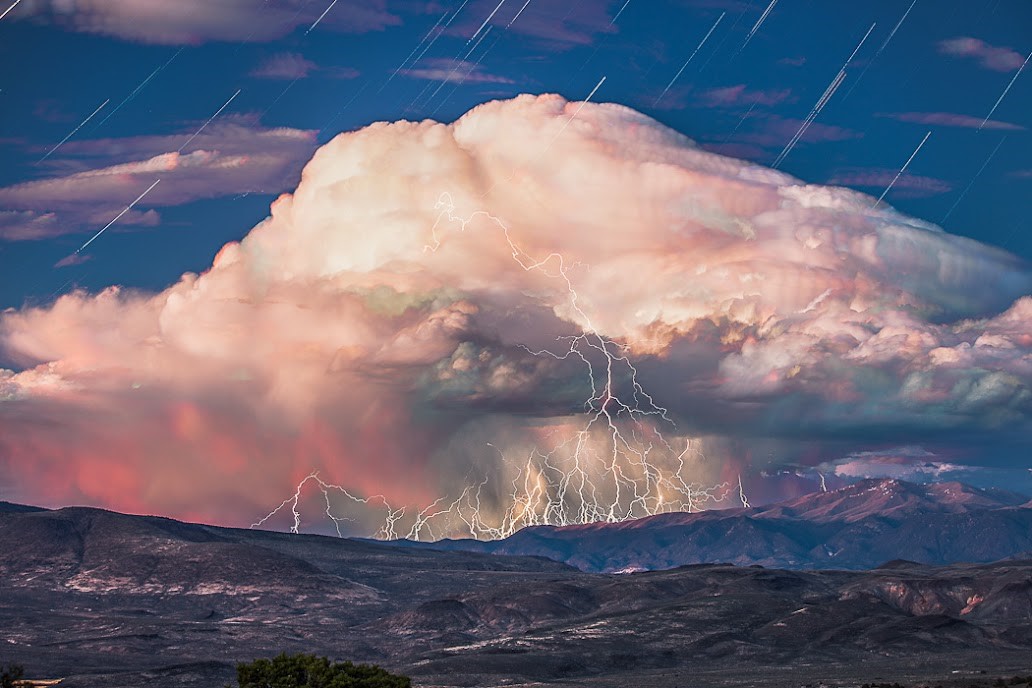 we often see in the sky. Other than giving you shade on hot and sunny days or bringing a sudden soaking as you walk to classes, clouds also help us understand climate change.
we often see in the sky. Other than giving you shade on hot and sunny days or bringing a sudden soaking as you walk to classes, clouds also help us understand climate change.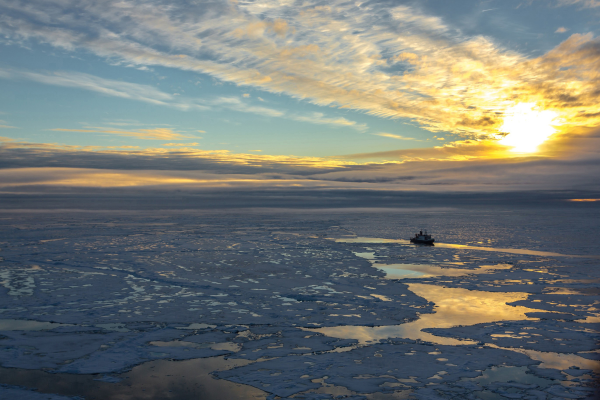 “Clouds play really significant roles in Earth’s climate.” Magee explained, “The ways they interact with radiation are among of the bigger pieces of uncertainty in the way we model and understand Earth’s climate.”
“Clouds play really significant roles in Earth’s climate.” Magee explained, “The ways they interact with radiation are among of the bigger pieces of uncertainty in the way we model and understand Earth’s climate.”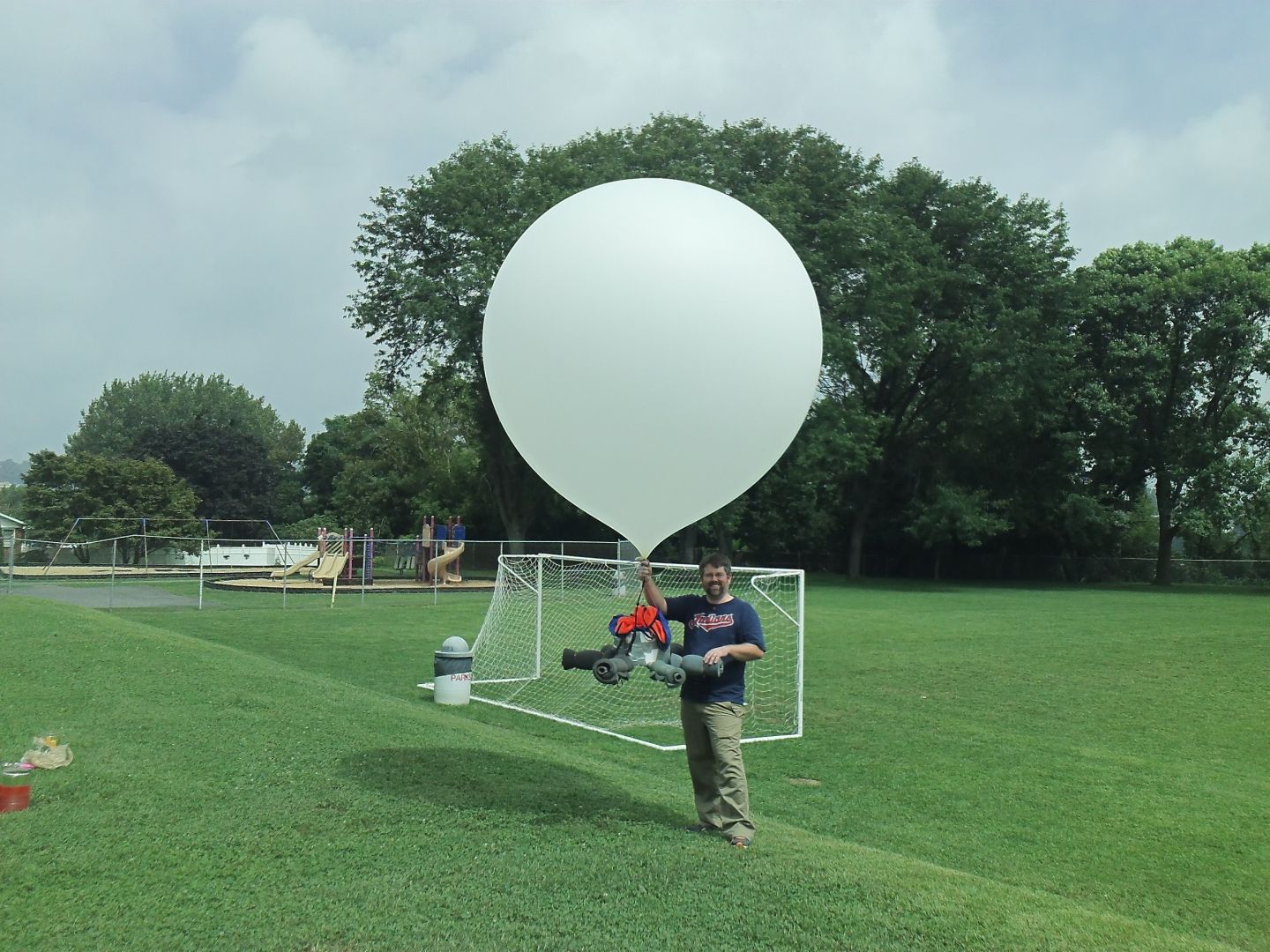 Thus students are immersed in a very current topic. Applying experience and knowledge obtained from their fundamental physics courses, students work with primary scientific literature, weather forecasting software, 3-D visualizations, and take part in field experiences such as weather balloon launches.
Thus students are immersed in a very current topic. Applying experience and knowledge obtained from their fundamental physics courses, students work with primary scientific literature, weather forecasting software, 3-D visualizations, and take part in field experiences such as weather balloon launches.

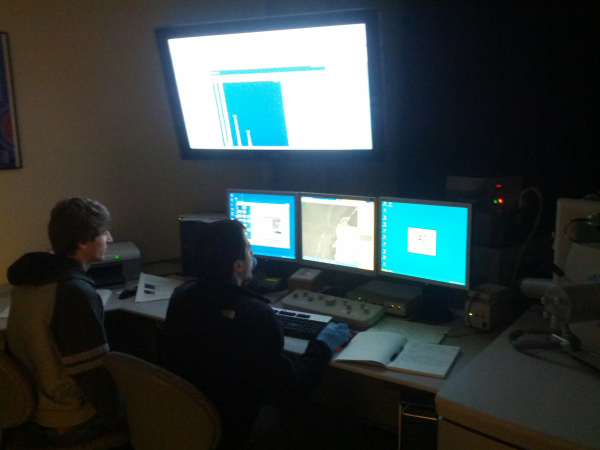



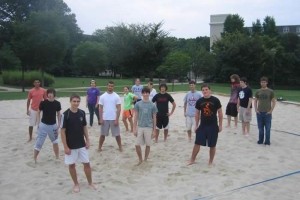 Joining the Physics Club as a first-year student or a transfer has many benefits. “First-year students should join our club because we provide great resources for them,” says Caron. “Even if they are not a physics major, we are friendly and do fun activities on and off campus.” The club takes suggestions from all its members on social events as well as topics on projects and demonstrations. “We have group projects that run for the course of the semester that show some of the applications of physics such a demonstration using a bed of nails or building a hovercraft,” says Ian Reed, Physics Club member.
Joining the Physics Club as a first-year student or a transfer has many benefits. “First-year students should join our club because we provide great resources for them,” says Caron. “Even if they are not a physics major, we are friendly and do fun activities on and off campus.” The club takes suggestions from all its members on social events as well as topics on projects and demonstrations. “We have group projects that run for the course of the semester that show some of the applications of physics such a demonstration using a bed of nails or building a hovercraft,” says Ian Reed, Physics Club member.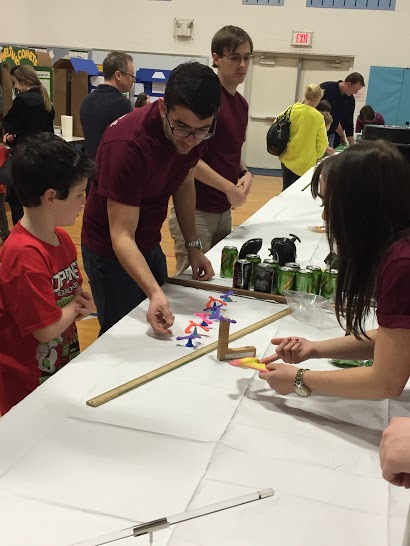 In addition, the members take an interest in community outreach. “Last spring semester we volunteered in several science fairs in the Ewing/Hopewell public schools and set up our own table with physics demos for the kids. We let the students play with the demos to show them that science is something you can have a lot of fun with. We also judged the student experiments for one of the fairs,” says Holsten. “I really believe that these are the best events that we could do as a club. Community outreach and acting as role models for younger students who are interested in science is invaluable.”
In addition, the members take an interest in community outreach. “Last spring semester we volunteered in several science fairs in the Ewing/Hopewell public schools and set up our own table with physics demos for the kids. We let the students play with the demos to show them that science is something you can have a lot of fun with. We also judged the student experiments for one of the fairs,” says Holsten. “I really believe that these are the best events that we could do as a club. Community outreach and acting as role models for younger students who are interested in science is invaluable.”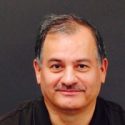
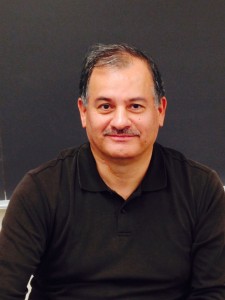
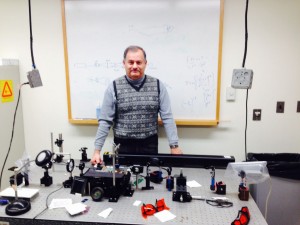

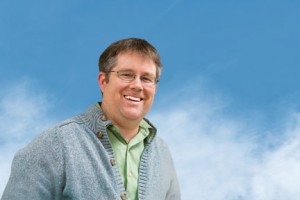
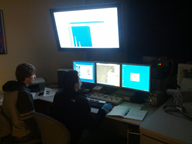
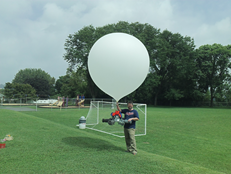

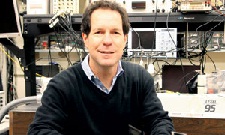 From his undergraduate and doctoral studies at Temple University and Bryn Mawr College, to his work in industry (where his roles ranged from new product development for a small laser manufacturing company to doing defense-based work on satellite-based laser systems for a multinational corporation), McGee’s research interests have focused on how light interacts with materials, he explained, adding that he’s always been particularly fascinated by “lasers and holograms and those sorts of things.”
From his undergraduate and doctoral studies at Temple University and Bryn Mawr College, to his work in industry (where his roles ranged from new product development for a small laser manufacturing company to doing defense-based work on satellite-based laser systems for a multinational corporation), McGee’s research interests have focused on how light interacts with materials, he explained, adding that he’s always been particularly fascinated by “lasers and holograms and those sorts of things.”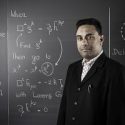
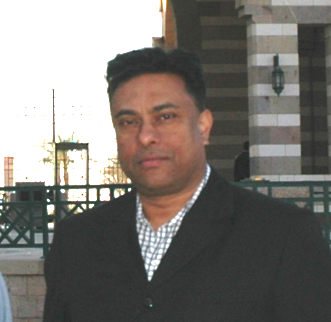 As a young boy, Thulsi Wickramasinghe was fascinated by the cosmos. The future astrophysicist and his grandfather would wake at 3 a.m. and walk along the shore in southern Sri Lanka, discussing the magnificent stars and constellations above them until the rising sun overtook the night sky.
As a young boy, Thulsi Wickramasinghe was fascinated by the cosmos. The future astrophysicist and his grandfather would wake at 3 a.m. and walk along the shore in southern Sri Lanka, discussing the magnificent stars and constellations above them until the rising sun overtook the night sky. Wickramasinghe joined the faculty of The College of New Jersey in 1997 after teaching for several years at the University of Pennsylvania. In 2008, ‘Dr. Wick’ and and one of his undergraduate research students presented at an international conference in Manchester, England on gravitational lensing and aspects of small compact masses in the Milky Way. Most recently, he and Tim Magee ’09 examined the correlation between the peak energy of light emitted at the source of gamma ray bursts and the total amount of energy released. In the spring of 2009, the pair journeyed to Egypt and announced their findings at the prestigious International Conference on Neutron Stars and Gamma Ray Bursts, where Wickramasinghe says they received “very nice feedback.” “Our idea was that because gamma ray bursts are so bright, they can be seen at very large distances in the cosmos,” he explained. In short, he was able to learn a lot about the cosmos by way of GRBs, in particular more about the dark energy content.
Wickramasinghe joined the faculty of The College of New Jersey in 1997 after teaching for several years at the University of Pennsylvania. In 2008, ‘Dr. Wick’ and and one of his undergraduate research students presented at an international conference in Manchester, England on gravitational lensing and aspects of small compact masses in the Milky Way. Most recently, he and Tim Magee ’09 examined the correlation between the peak energy of light emitted at the source of gamma ray bursts and the total amount of energy released. In the spring of 2009, the pair journeyed to Egypt and announced their findings at the prestigious International Conference on Neutron Stars and Gamma Ray Bursts, where Wickramasinghe says they received “very nice feedback.” “Our idea was that because gamma ray bursts are so bright, they can be seen at very large distances in the cosmos,” he explained. In short, he was able to learn a lot about the cosmos by way of GRBs, in particular more about the dark energy content.